
This is the largest armed conflict in Europe since the Second World War, the most publicized war in history and shook the whole world. August 24 marks a year and a half since Vladimir Putin invaded Ukraine.
HotNews kept a daily war diary, keeping you up to date with every breaking news from the front.
The end of this conflict is not yet in sight. Moreover, a year and a half ago, few expected that this conflict would escalate to today’s scale and that the USA, EU and Great Britain would be so involved in Kyiv’s favor.
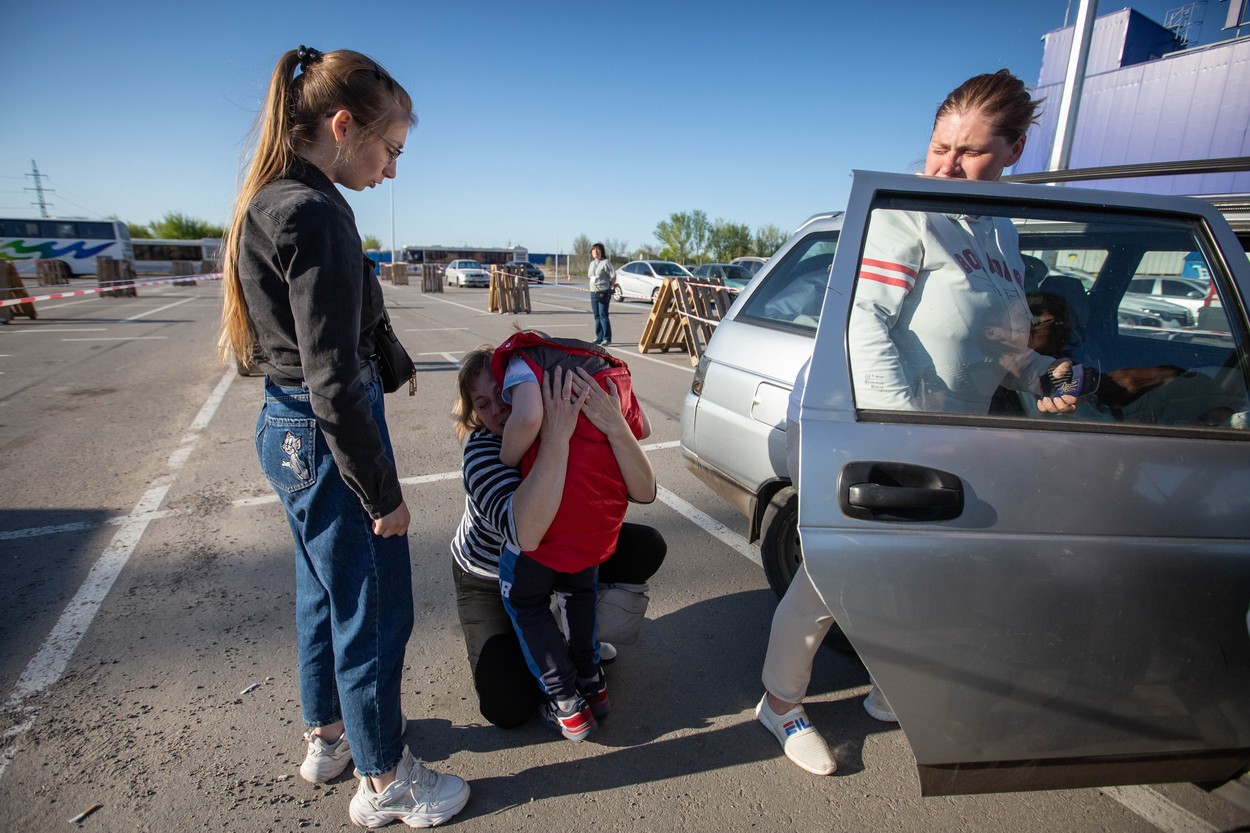
After a year and a half, we draw the line and look at what we know so far
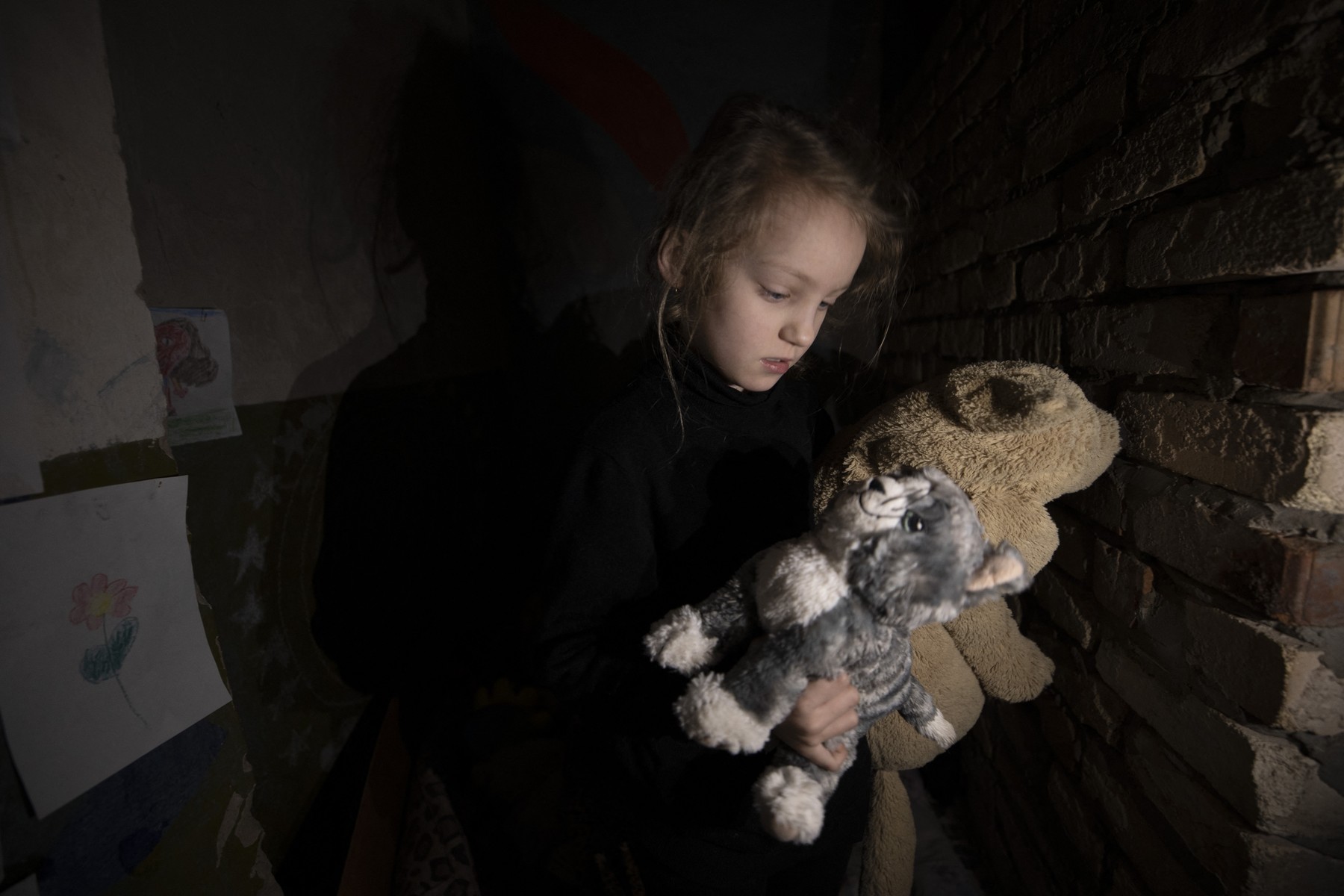
1. There are more than 6 million refugees from Ukraine. A third of Ukrainians were displaced – 90% of them were women and children
According to the UN Refugee Agency, in July 2023, more than 6.2 million refugees from Ukraine were registered. In addition to them, there are almost 5.1 million internally displaced persons in Ukraine
In total, almost a third of people living in Ukraine were displaced – 90% of them women and children, as men of draft age were asked to stay in Ukraine to fight.

Christmas Eve 2023 (January 2023) prayers are shown below
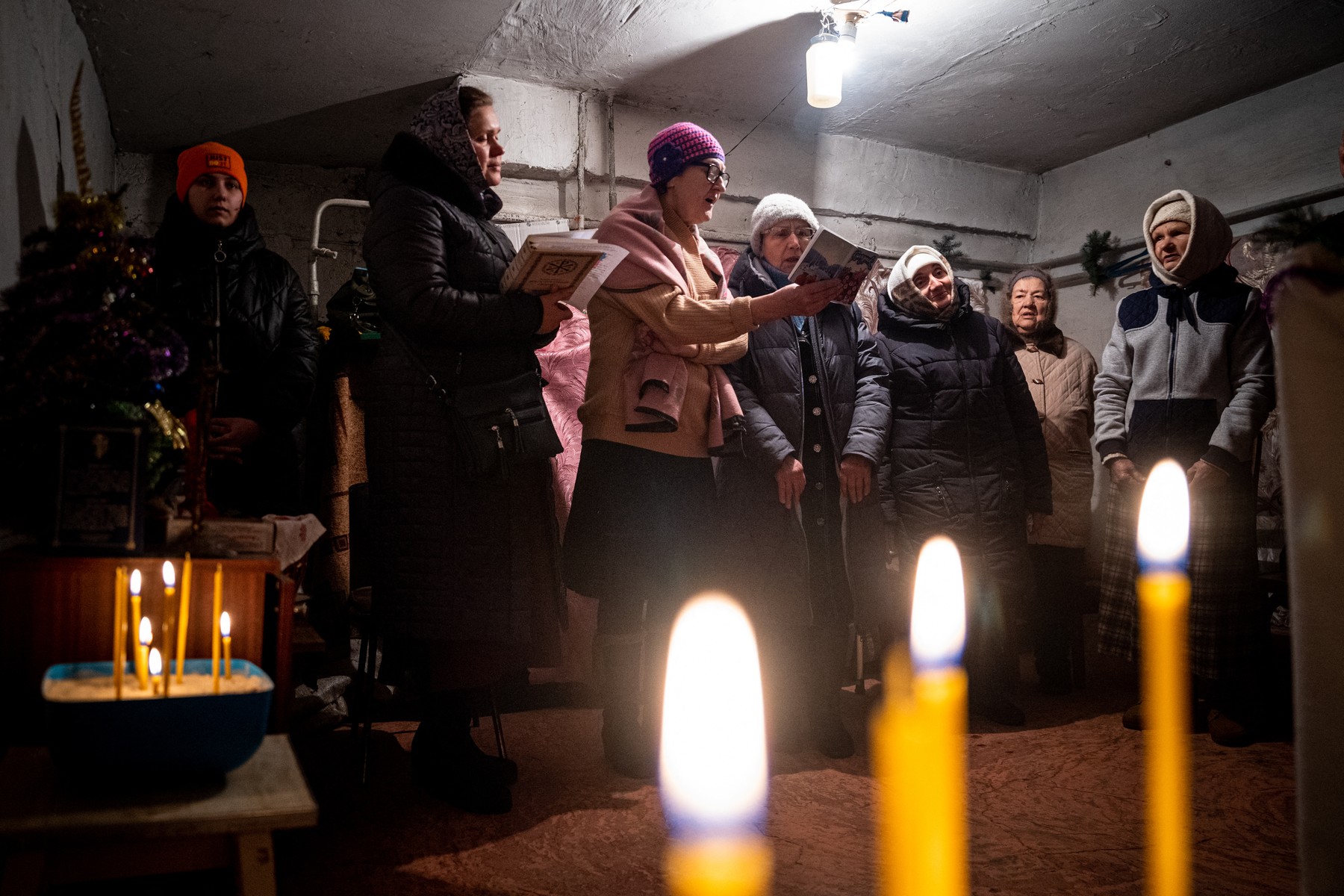
Poland and Germany accepted the most refugees – more than a million in each country. The Czech Republic had the next largest number of refugees, followed by the United States, the United Kingdom, France, Turkey, Italy, Romania, and Spain, which each hosted between 100,000 and 300,000 refugees.
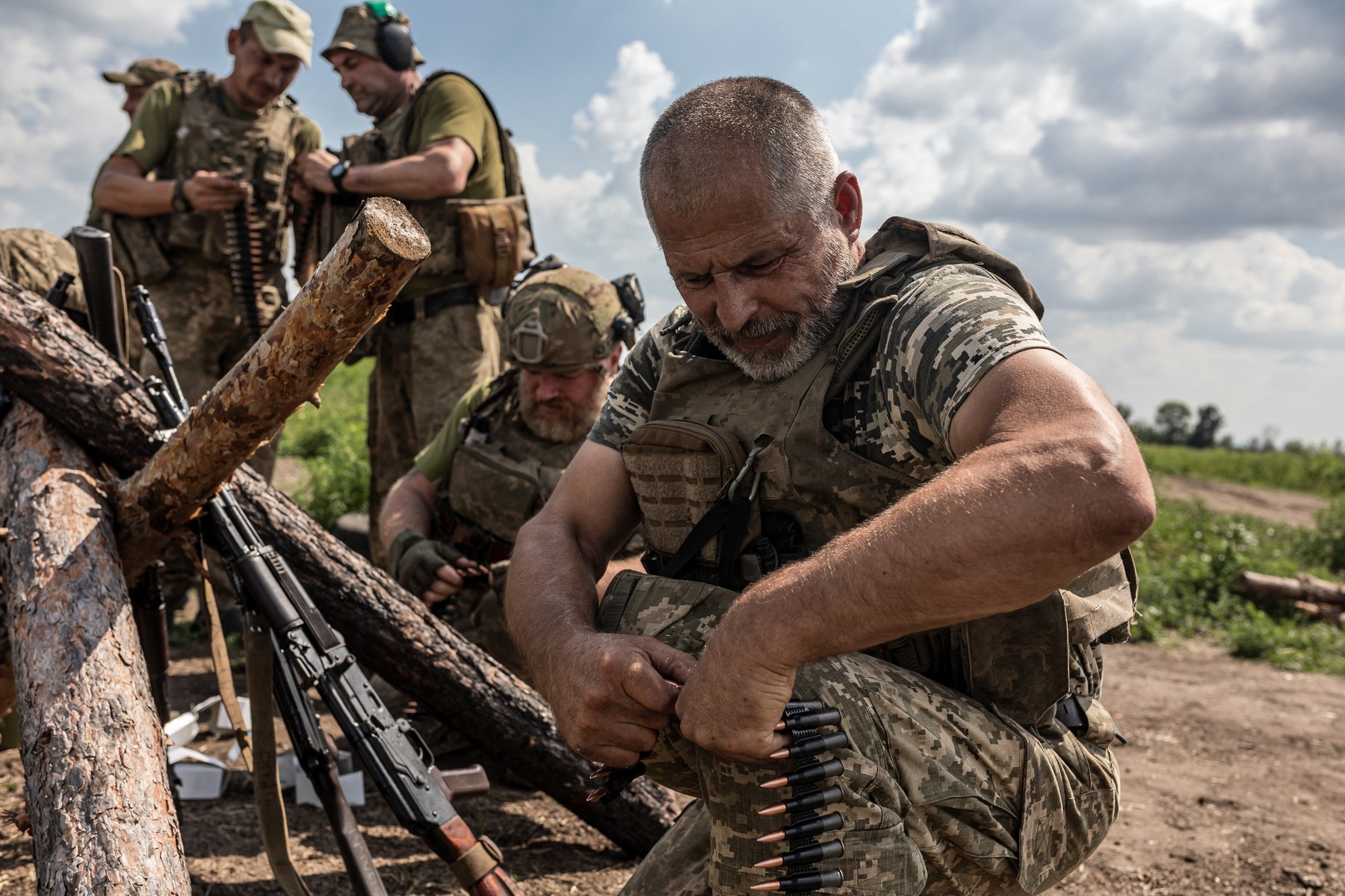
Of the 8 million refugees in Ukraine, more than 2 million have been recorded as having crossed the border into Russia, and it is unclear whether these movements were voluntary or forced.
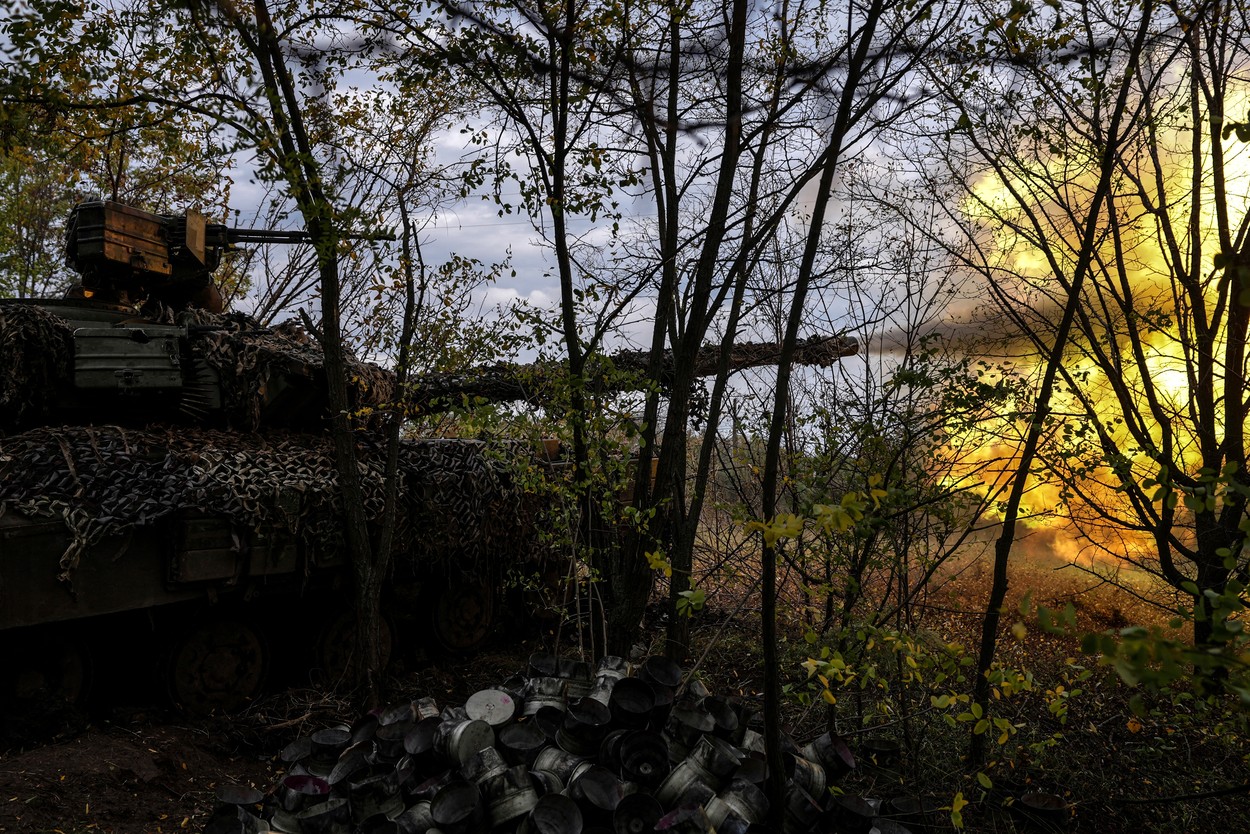
2. Tens of thousands of victims among the civilian population of Ukraine – dead and wounded
As for the civilian population, the numbers are difficult to estimate precisely, as different international organizations have their own estimates.
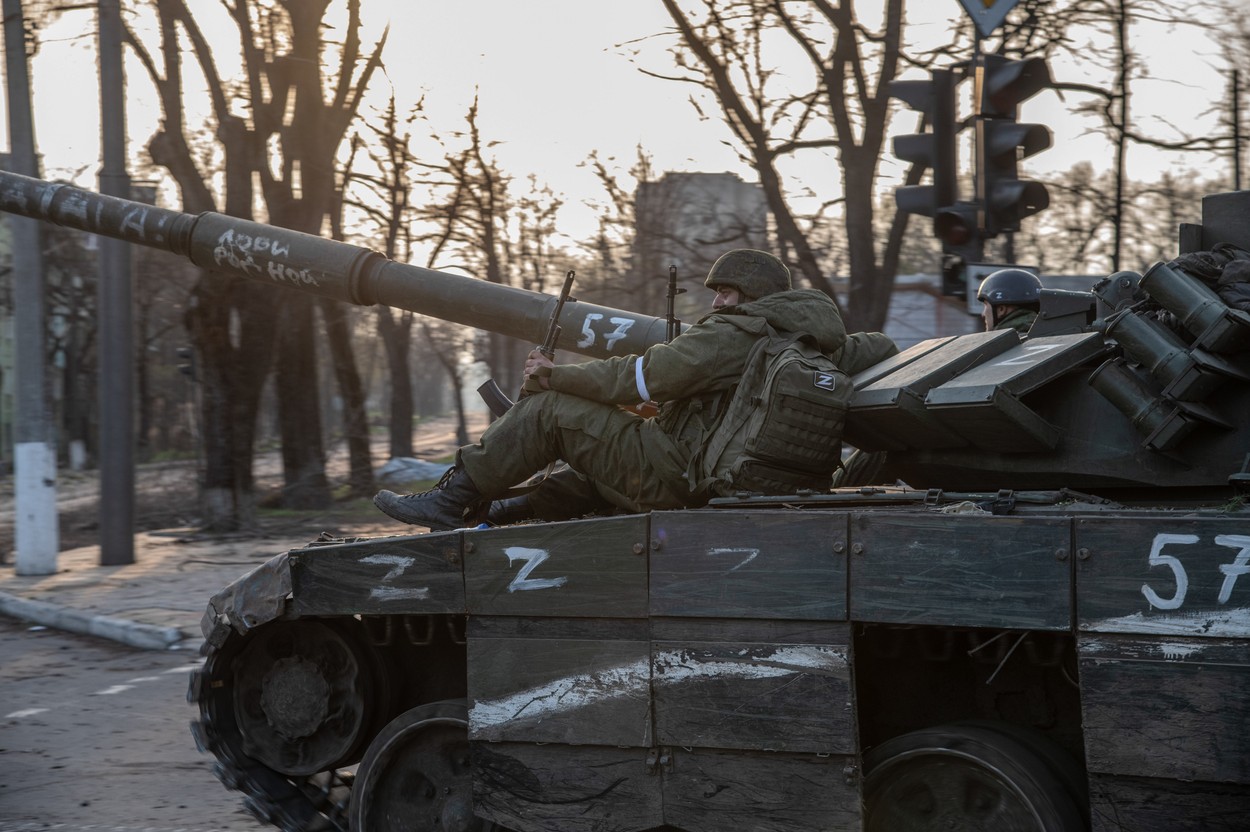
The Office of the United Nations High Commissioner for Human Rights (OHCHR), the UN body that monitors civilian casualties, counted 7,110 civilian deaths from the beginning of the invasion to January 30, 2023. 438 of them were children.

Another 11,547 victims were reported as injured.
However, OHCHR noted that the actual figures may be higher, as each death is included in the statistics only after the identity of the person killed has been confirmed.
The Ukrainian authorities call the figure almost 40,000 civilians killed.
3. Sexual violence is used as a weapon of war
According to the Independent International Commission of Inquiry on Ukraine, rape and sexual violence are not only a byproduct of war, but are often used as a deliberate military strategy used by the Russian armed forces.
According to the UN, since Putin invaded Ukraine, women have been gang-raped, men castrated, children sexually assaulted, and civilians forced to strip naked in the streets.
But the true scale of human rights violations and war crimes committed against the Ukrainian population will become apparent only a few years after the war.
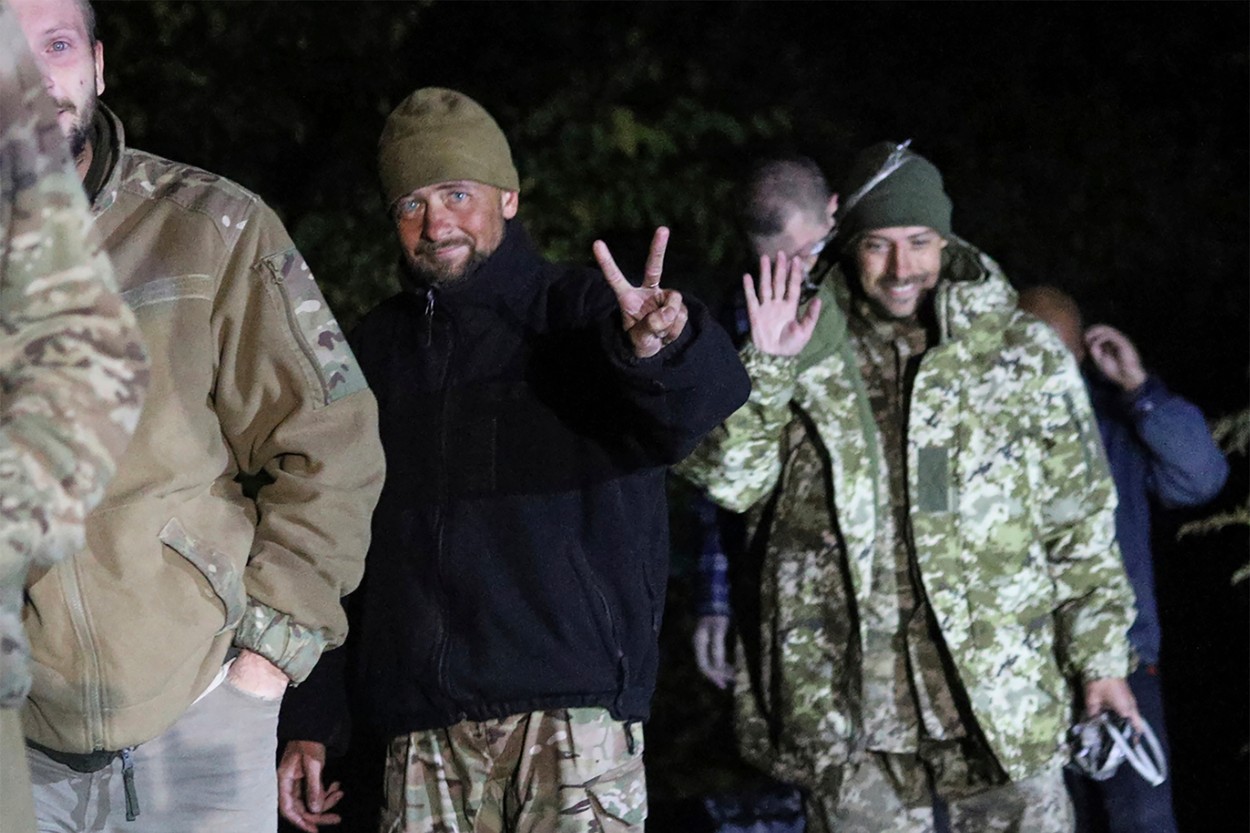
4. Reconstruction of Ukraine may cost 350 billion dollars.
War is expensive, and it’s not just about tanks and guns. According to a report by the World Bank, the Ukrainian government, and the European Commission, Russia’s invasion caused Ukraine more than $97 billion in direct damages, but could cost nearly $350 billion.
This is roughly 1.6 times the country’s gross domestic product of $200 billion in 2021.
In addition, the cost of restoring the country increases with each new attack.
5. Up to 345 million people die of hunger
Before the war, both Ukraine and Russia were large producers and exporters of agricultural products. But since the start of the conflict, their exports have declined, and the effects have been felt around the world as food prices have skyrocketed.
In September 2022, the head of the UN’s food division warned that the world was facing a “global emergency of unprecedented scale”, with up to 345 million people starving to death and 70 million close to starvation as a result of the war against Ukraine.
“What was a wave of hunger has now become a tsunami of hunger,” said David Beasley, executive director of the UN’s World Food Programme.
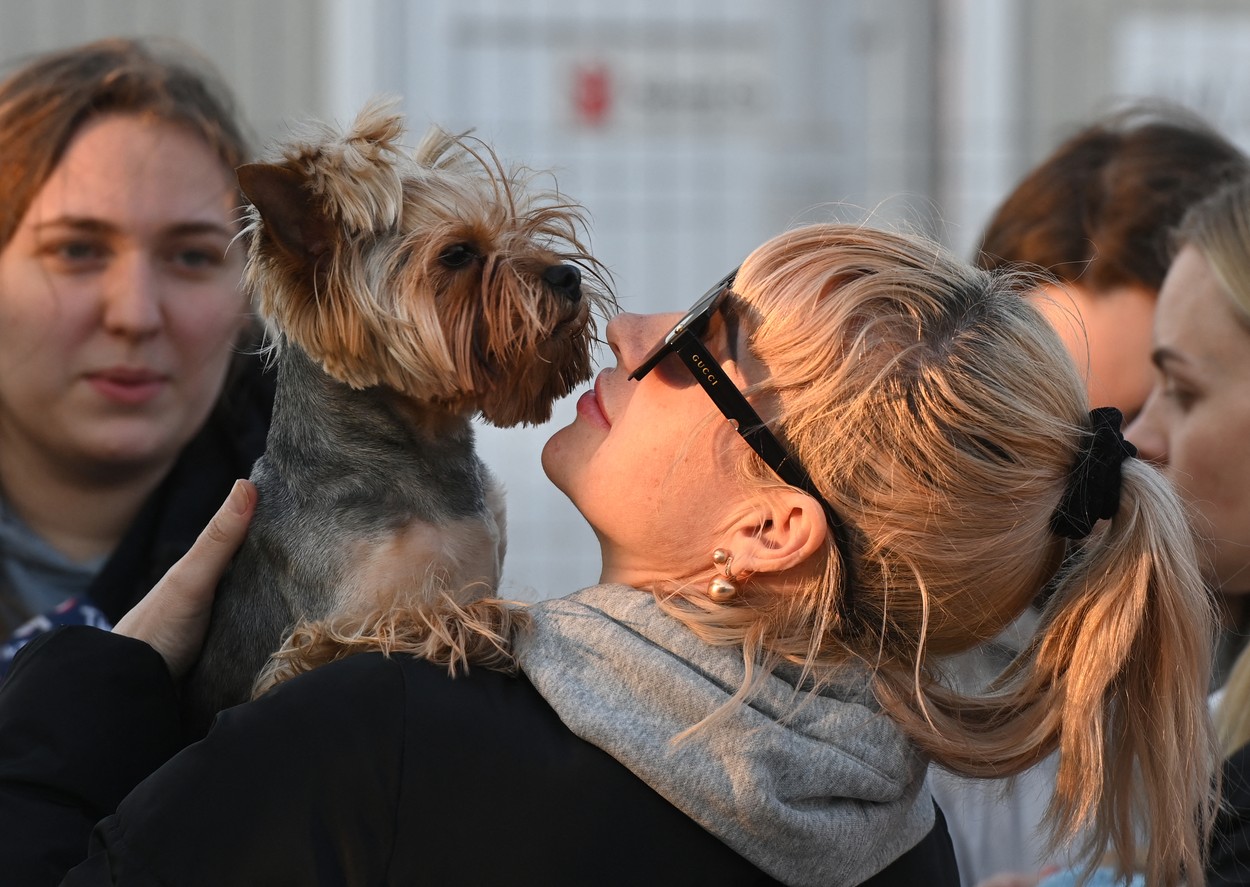
How is life in Ukraine?
War leaves millions without access to food, water and other necessities. Innocent civilians have been severely affected by the conflict, and the damage to civilian infrastructure, including hospitals and schools, is enormous.
Russian missiles damaged approximately 50% of Ukraine’s energy system, and total damage to Ukraine’s energy infrastructure is estimated at at least $10 billion. The destruction of water sources, in particular, has put up to 16 million people without access to clean water or sanitation and at increased risk of water-borne diseases in 2022.
Violence continues in Ukraine, pushing the country even further into the humanitarian catastrophe it is experiencing; hospitals are running out of medical supplies, and families do not have access to food and other basic necessities.
See here for an extended timeline of the events leading up to this war
Russia will not attack Romania on purpose, and if it happens by accident, it will try to hide it
Russia will not deliberately strike Romania, and if it happens by accident, it will try to hide it, said an Israeli military expert HotNews.ro
Israeli military expert David Handelman, known to the public of both Russia and Ukraine for his analyzes related to the war, told HotNews.ro about the proximity of the Kremlin’s attacks to the borders of Romania and Moldova and the probability that the territories of the two countries will be struck at a certain time.
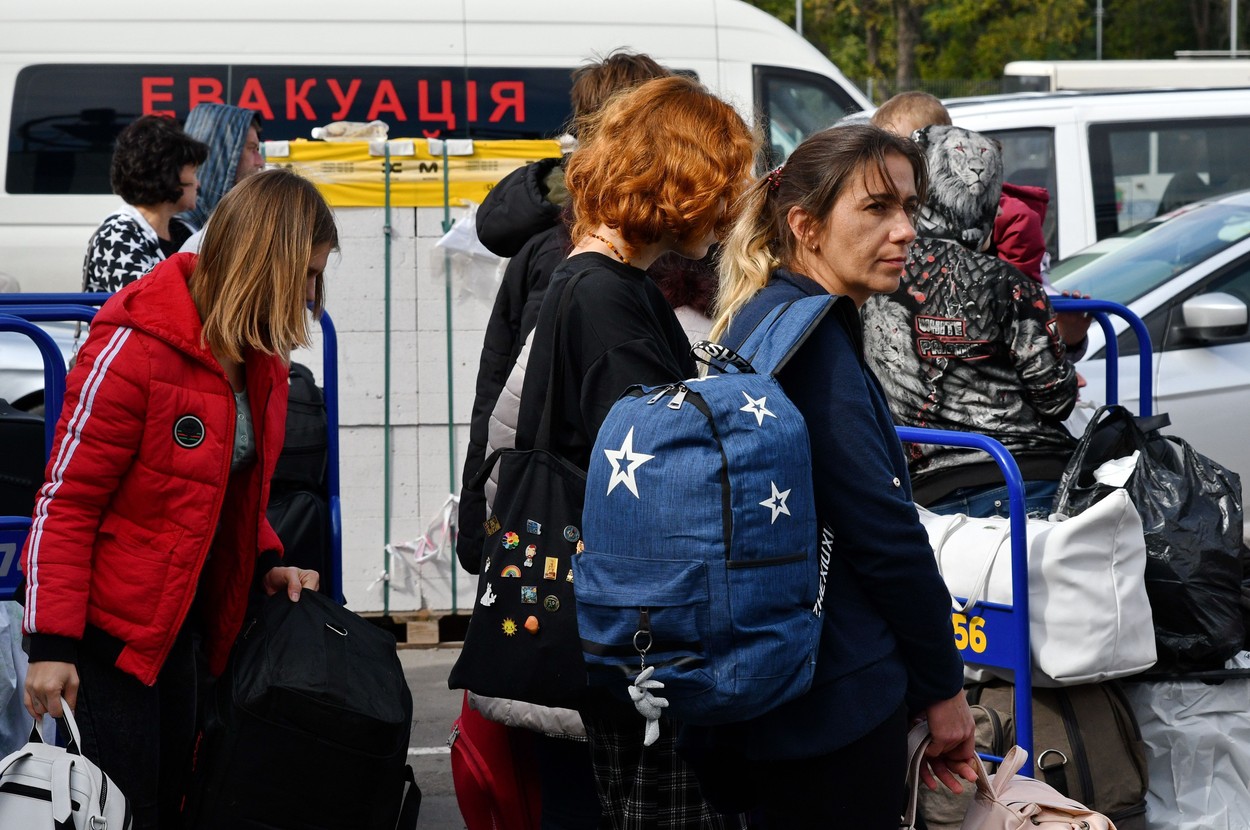
David Handelman is an Israeli citizen, blogger and military analyst, known in the Russian Federation for his Russian-language analysis of the war in Ukraine. The blogger publishes on the site his own view of the war and explains from a military point of view what is happening on the battlefield.
The expert says that the proximity of Russia’s attacks to Ukrainian ports really endangers the territory of Romania and the Republic of Moldova. But, the analyst states, if drones or missiles hit these territories, these hits will be accidental and not intentional.
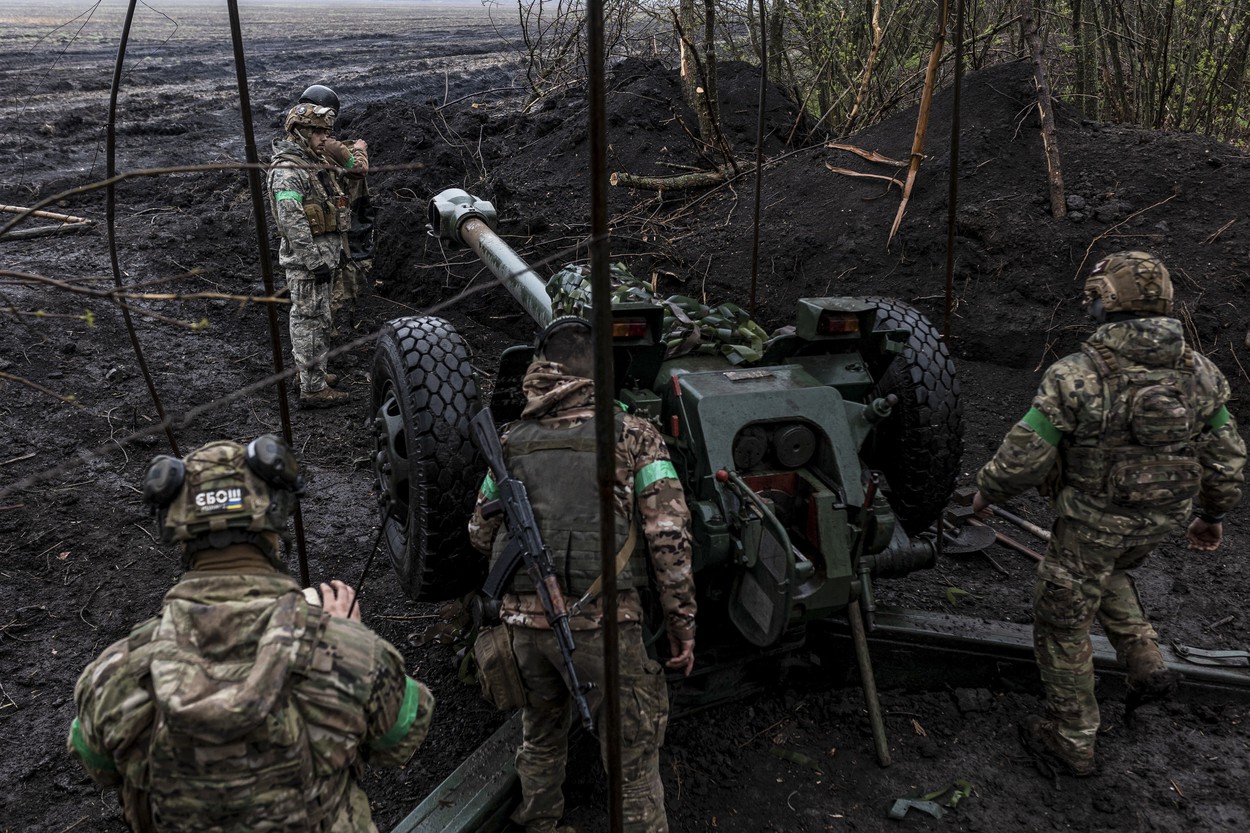
“Russia is not currently interested in the territory of Moldova or Romania,” explains David Handelman, who at the same time does not exclude the element of unpredictability, because no one believed that “Russia needs a war in Ukraine.”
“In the case of the attack on Reni (a Ukrainian port on the Danube, located a few kilometers from Galati), it was close to Romania. But it is less likely that in the near future Russia will carry out strikes aimed specifically at the territory of other states.
What lessons have I learned:
Lesson #1: It’s very easy for leaders to miscalculate
It is clear that Russian President Vladimir Putin miscalculated when he assumed that Ukraine would not reliably resist the attack, and if it did fight back, it would still be quickly defeated.
He overestimated Russia’s military potential and underestimated the ability of Western Europe to unite and find alternative sources of energy.
And the West made mistakes: for years it ignored the possibility of war, exaggerated the effectiveness of economic sanctions, and underestimated Russia’s opposition to the West’s efforts to bring Ukraine into its orbit.
Lesson #2: States unite in the face of such aggression
The war in Ukraine also reminds us that the countries of the world unite in the face of open acts of aggression. This is another lesson that Putin failed to see: in addition to being convinced that Ukraine would fall quickly, he assumed that NATO would not respond so strongly. Instead of fighting a weaker adversary, Russia ended up fighting a coalition of states whose GDP is 20 times greater than Russia’s.
This coalition produces the most advanced weapons in the world and has managed to break away from Russian energy sources.
Russian aggression also led to what would have seemed unthinkable two years ago: the decision by Sweden and Finland to abandon decades of neutrality and seek to join NATO.
Lesson #3: War empowers extremists and complicates the art of negotiation
Because the stakes are high, war is a time when cold reasoning and careful calculation must prevail.
Unfortunately, this is a time when excitement, ambition, patriotic chest-beating and groupthink take over, and howls rule over more carefully measured voices. As a result, negotiations become more difficult
Lesson 4: Nuclear arsenals do NOT decide who wins
Russia has the largest nuclear arsenal in the world, but still has not been able to achieve its military goals. Despite threats and attempts at nuclear blackmail, Moscow has not gone so far as to use its nuclear capabilities beyond deterrence. But despite the possibility of not using nuclear weapons, the Russians did not hesitate for a second to kill, maim, rape and commit atrocities against the civilian population.
Read also:
- Nadia’s touching call from the besieged Mariupol: “In this city, everyone is waiting for death.” I just hope death isn’t so scary.”
- Ukrainian wheat crisis in Romanian ports, explanation of the Deputy Minister of Agriculture of Ukraine: “Already now people in poor countries cannot afford the prices of food products”
- Out of politics in the Bistro-Delta Danube scandal: HotNews.ro took the blame of the Romanians and asked for an explanation from the Ukrainian ministry that carried out the work
- How close the war came to Romania – the first concrete measures of our authorities after the attacks on Ukrainian ports on the Danube
Used sources: foreignpolicy.com, .justsecurity.org, www.hks.harvard.edu
Source: Hot News
James Springer is a renowned author and opinion writer, known for his bold and thought-provoking articles on a wide range of topics. He currently works as a writer at 247 news reel, where he uses his unique voice and sharp wit to offer fresh perspectives on current events. His articles are widely read and shared and has earned him a reputation as a talented and insightful writer.